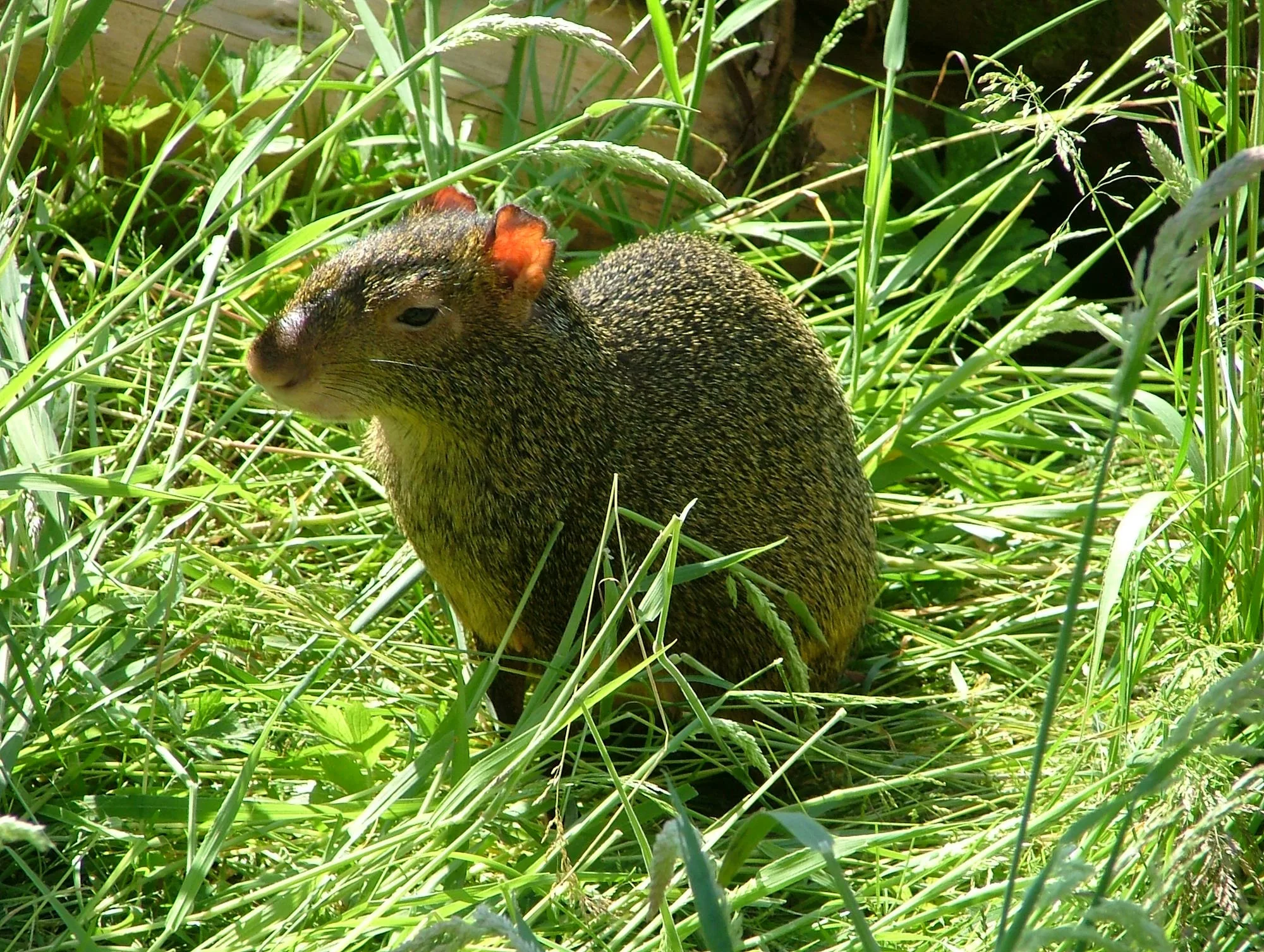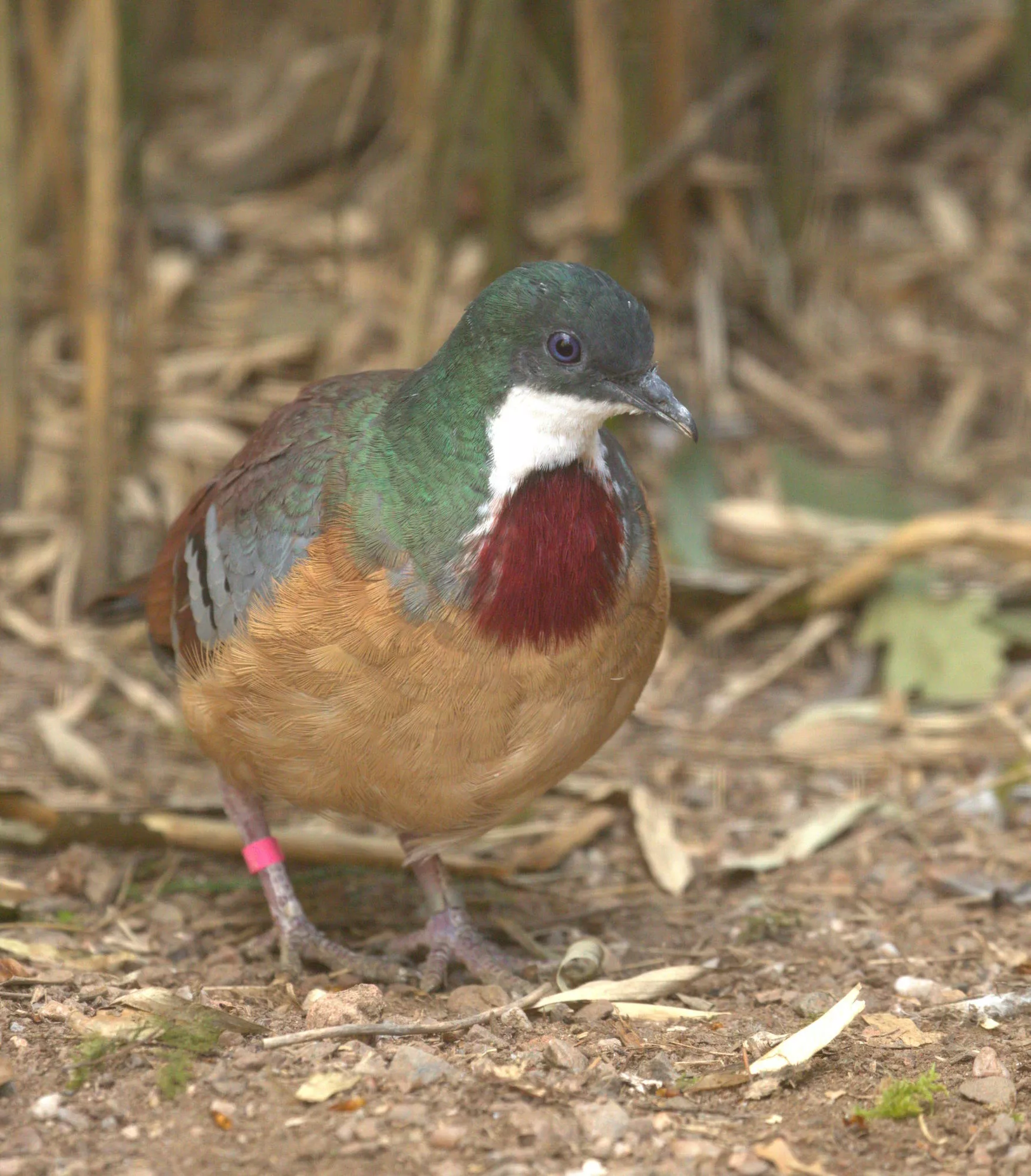
Black howler monkey
Scientific name: Alouatta
IUCN listed as: Least Concern
Learn before you visit!
Here are some facts about the species – Discover what they eat, find out about their natural habitat, see what they like to do, and more… Set the reading style to suit you too, everyday speak or something aimed towards children.
Child-friendly
Everyday
Diet
Howler monkeys have a primarily herbivorous diet, feeding mainly on leaves but also incorporating fruits, flowers, and occasionally insects into their meals. Their digestive systems are specialized to process tough plant materials, and they spend much of their time foraging for food in the treetops, using their agile bodies and dexterous hands to gather sustenance.
Howler monkeys mostly munch on leaves, but they also enjoy snacking on fruits, flowers, and sometimes insects. They’re like nature’s vegetarians, with tummies specially made to digest tough plants. These playful monkeys spend lots of time up in the trees, using their clever hands and quick moves to find yummy treats.
Breeding
Breeding among howler monkeys typically occurs during the rainy season when food sources are plentiful. After a gestation period of approximately six months, females give birth to a single offspring. The newborn clings tightly to its mother’s belly for protection and nourishment, with the mother providing care and guidance until the young one becomes more self-sufficient.
When the rainy season rolls around, it’s baby time for howler monkeys! After about six months, mums give birth to one cute little baby. The baby monkey sticks close to mum, hanging onto her for safety and yummy milk until it’s big enough to explore on its own.
Habitat
Howler monkeys inhabit a variety of forested habitats throughout Central and South America, including tropical and subtropical forests. They prefer areas with dense canopies but can also adapt to secondary forests and wooded regions near rivers. These habitats provide them with an abundance of food sources and offer protection from predators.
You can find howler monkeys swinging around in all sorts of forests across Central and South America. They like places with lots of trees and bushes where they can find plenty of food and hide from any hungry predators. Whether it’s a dense jungle or a forest by a river, these monkeys know how to make themselves at home.
At the zoo
Our pair is named “Wings” (the male) and “Grebe” (the female). We have been caring for them as part of the European studbook for nearly ten years, but unfortunately, they have never bred. The image features Grebe, who is gold in colour, while the males are black.
Our pair of animals is named “Wings” (the male) and “Grebe” (the female). We’ve been looking after them as part of the European studbook for almost ten years, but they have never had babies. In the picture, you can see Grebe, who is gold in colour. The males are black.
Behaviour
Howler monkeys are renowned for their loud calls echoing through the forest, used for communication and territory marking. They spend most of their time in trees, moving with agility and using their prehensile tails for navigation. Living in social groups led by an alpha male, they maintain group cohesion and hierarchy.
Howler monkeys are famous for their super loud jungle shouts, which they use to talk to each other and mark their turf. They’re like tree acrobats, zipping around with their bendy tails guiding them. These monkeys stick together in big families, with one strong leader looking out for everyone and making sure things run smoothly.
Fun facts
- Loud Howlers: Howler monkeys make the loudest calls, heard three miles away!
- Flexible Tails: Their tails help them swing through trees like acrobats.
- Dawn Singers: They shout at dawn to say hello and mark their territory.
- Leaf Eaters: Howler monkeys munch on leaves most of the time.
- Family Bands: Living in big groups, they’re like one big, happy family.
- Big Shouts: Howler monkeys are super loud, heard three miles away!
- Swing Tails: Their tails help them swing in trees like acrobats.
- Morning Calls: They shout in the morning to say hi and mark their place.
- Leaf Snacks: Howler monkeys love munching on leaves.
- Group Friends: Living in big families, they’re like one big, happy gang.
More animals to discover at our zoo
Quick Links
Tickets & Prices
You can buy tickets for Exmoor Zoo securely online, as well as finding out more price options, discover offers, and more…
What’s on…
Exmoor Zoo hosts incredible Events all through the year. You can find out about what we’ve got in store here…
Routes & info
Like any great discovery, Exmoor Zoo can feel a little off the beaten path – but don’t worry – you can plan your journey with our recommended routes and other useful travel info.



























